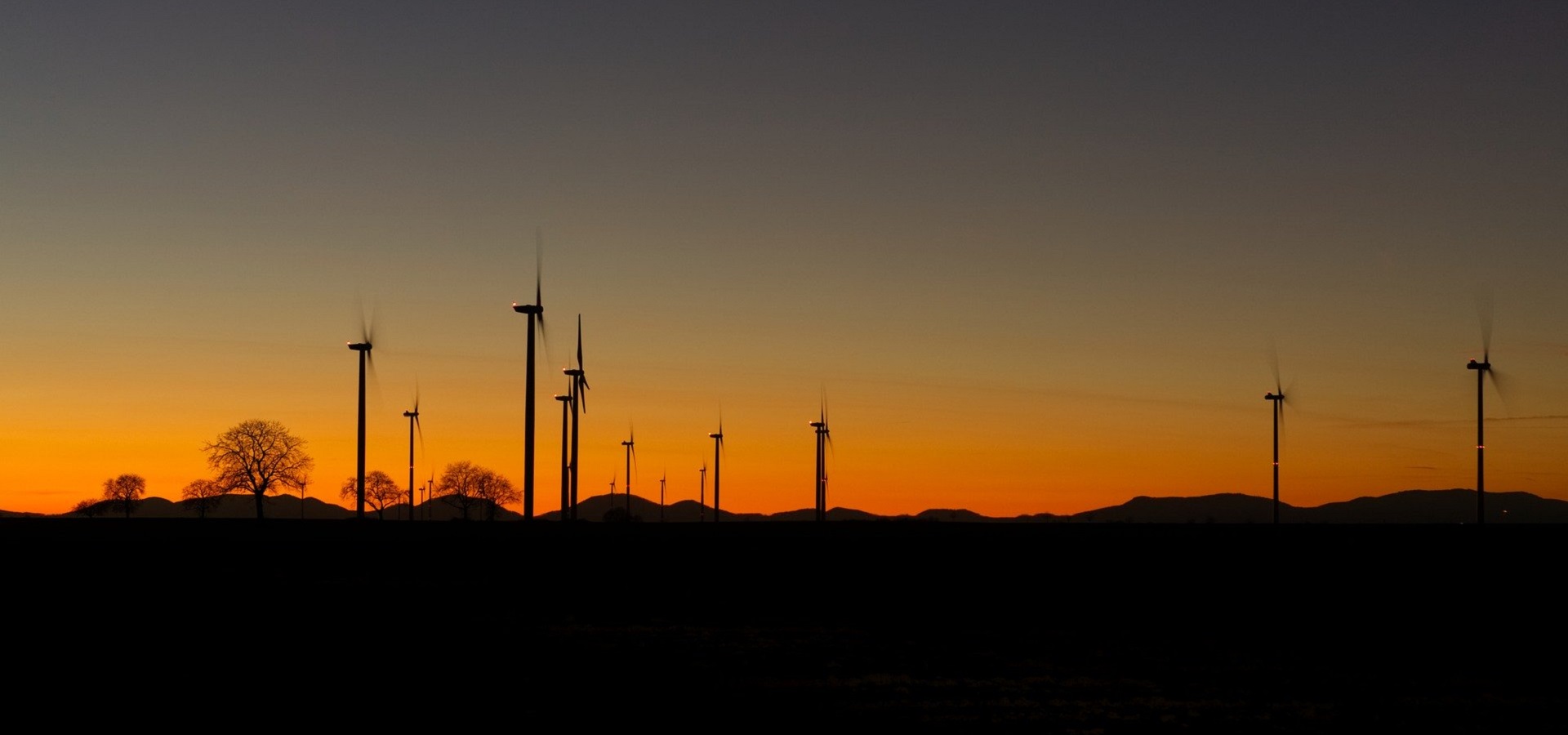Despite President Trump pulling out all the stops to prevent America’s coal industry from dying, renewables are rapidly overtaking its share of the U.S. electricity generation mix—and even cutting into fossil gas’ expansion. Since it’s clearly not America’s relaxed federal regulations pushing the toxic-gas belchers into the dustbins of history, what’s driving the green train? The rapidly maturing economics of clean energy, L. Michael Buchsbaum explains in part 2 of his series on America’s energy transition.

In the USA, wind power is increasing in electricity generation. (Public Domain)
Green energy is set to sweep across the U.S.
Although President Trump maintains an undying love for mythological “beautiful clean coal”, the fact is wind and solar are increasingly powering the United States. The fastest growing sources of electricity today, according to the U.S. Energy Information Administration (EIA), wind power alone is set to grow 6% this year and more than double that pace, expanding a whopping 14% in 2020. Renewables have become so cheap, that as coal dies, they are competing head to head with fracked fossil gas for the future.
This is evident in the newly revised three-year U.S. power forecast of the independent Federal Energy Regulatory Commission (FERC) which predicts major declines for all fossil fuels (and nuclear) as renewables aggressively deploy nationwide through 2022.
Indeed, despite Trump opening the floodgates to even more fracking, FERC sees net new gas-powered generating capacity increasing by an additional 20 Gigawatts (GW) over the next three years. Going forward, gas will be outpaced by new wind capacity growth as another 28 GW comes online nationwide through 2022.
Wind’s ascendancy is most evident today in Texas, which – despite being historically America’s biggest oil and gas producer— has evolved into the country’s wind champion, producing over one-fifth of the entire national total. Wind itself now generates roughly 7% of overall U.S. electricity generation, and over 20% of Texas’.
In late June, the Electric Reliability Council of Texas announced that wind had narrowly edged out coal in the first half of this year, a first since the grid operator began tracking the fuel mix in 2003.
FERC also sees utility-scale solar—increasingly mated with batteries—adding some 18 GW of capacity nationwide through 2022. Significant solar expansion across America is one of the big sleeper stories this year. To put it in perspective, back in 2008, the annual total of new solar PV capacity installed across the U.S. was just 290 MW. But last year, installations nationally topped over 10.6 Gigawatts, a 35-fold increase.
Buttressed by batteries
New data from the International Renewable Energy Agency (IRENA) reveals that the average costs for power generated from onshore wind farms has fallen to just 6 cents per kilowatt-hour in 2018 (k/ph) across most of the world. The competitive floor for fossil fuel energy is roughly 5 cents. Better, IRENA’s data suggests that by 2020, onshore wind and solar PV will consistently offer less expensive electricity than the least-cost fossil fuel alternative. They estimate that within two years, some wind and solar projects could be down to 3 cents k/ph or less.
Spurring the transition on is the flood of massive investments in advanced-battery technologies. Throughout the first half of 2019 alone, venture-capital firms contributed over $1.4 billion to energy storage technology companies as billions more poured into various research and development projects. “Breakthrough Batteries”, a new study by the influential Rocky Mountain Institute (RMI), anticipates that “self-reinforcing feedback loops” between public policy, manufacturing, research and development, and economies of scale will soon accelerate battery performance while pushing their costs down to around $87/kWh by 2025.
“This, in turn, will reduce the costs of decarbonization in key sectors and speed the global energy transition beyond the expectations of mainstream global energy models,” RMI predicted.
Example A: PacifiCorp dramatically goes green
Earlier this year, we reported that utility PacifiCorp’s internal reviews showed that most of their coal fleet was becoming increasingly uncompetitive compared to new renewables—prompting a companywide re-think of its energy generation strategy.
Serving over 1.8 million customers across much of the western U.S., PacifiCorp stunned the industry in October when it published its latest draft Integrated Resource Plan (IRP) laying out its decision to go all-in on renewables-plus-storage. By 2025, PacifiCorp plans to install over 7,100 MW of solar, wind, and storage (3,000 MW, 3,500 MW, and 600 MW respectively).
As renewables flood their system over the next 18 years, the company plans to close at least 20 of its 24 coal plants. In so doing, PacifiCorp estimates its annual CO2 emissions will plummet from 40 million tons in 2019 to 18 million by 2038 – down roughly 60% from baseline 2005 levels. By 2049, renewables will displace enough coal to reduce emissions to only 6 million tons/year, a 95% drop compared to 2005.
How the once coal dependent sunny southeast is rapidly turning to solar and even offshore wind is a subject to be explored in future blogs in this series.
Super geschriebener und informativer Artikel :-). Eine sehr gute Aufstellung. In diesen Blog werde ich mich noch richtig einlesen 🙂